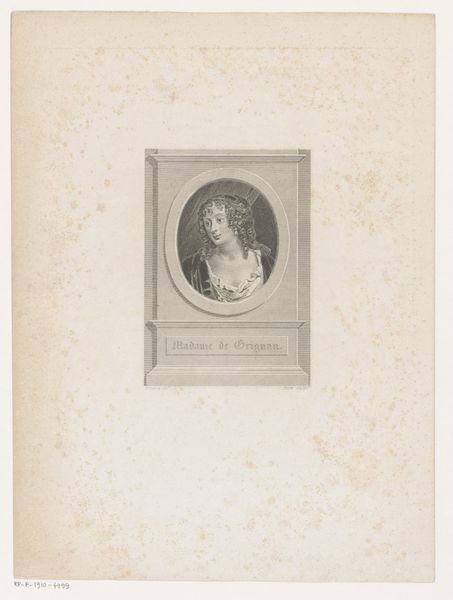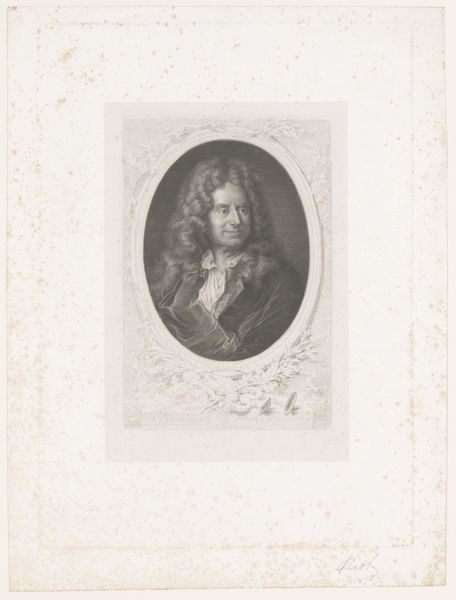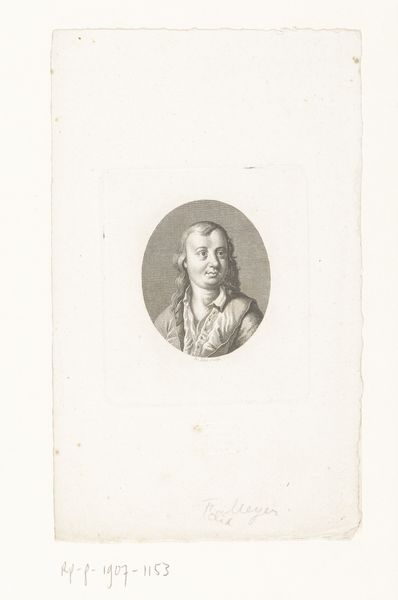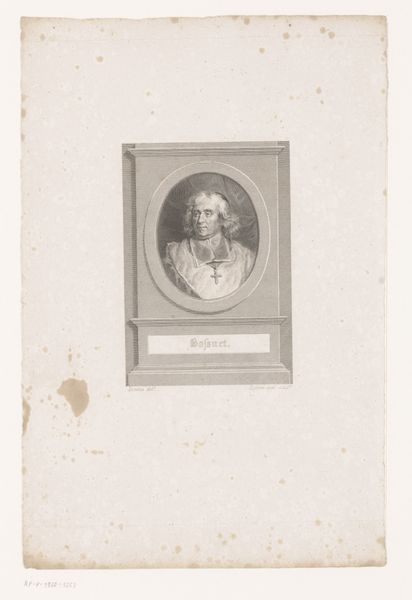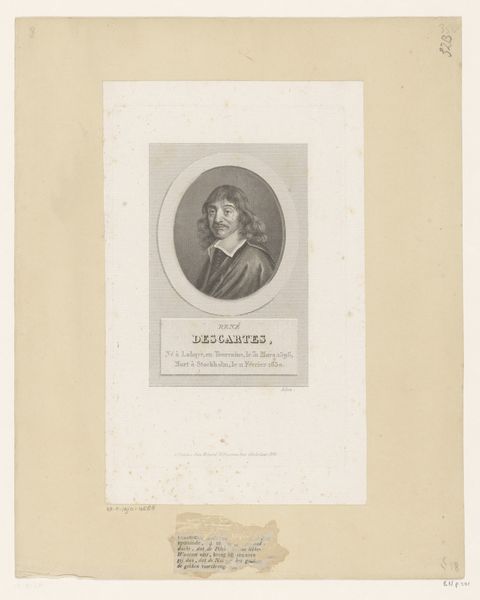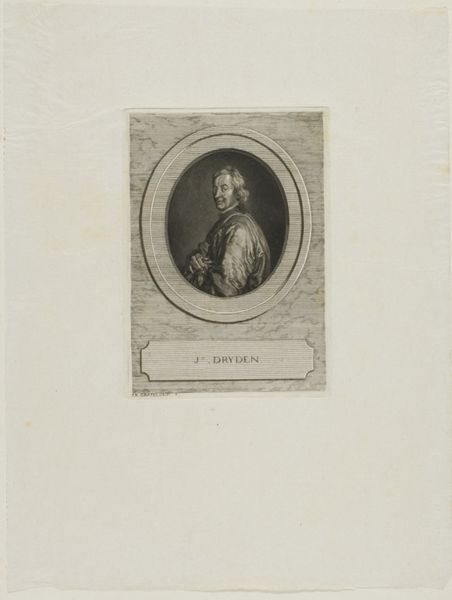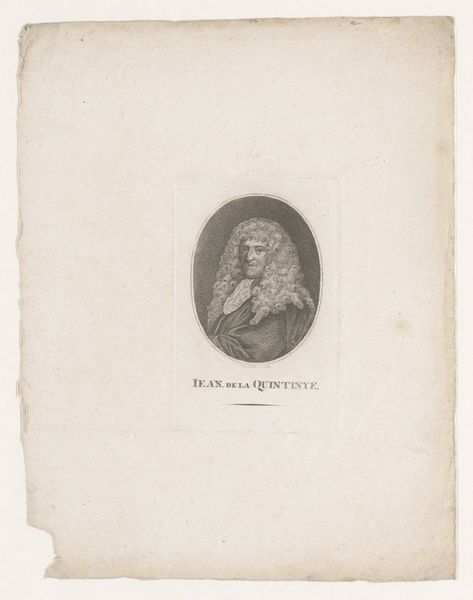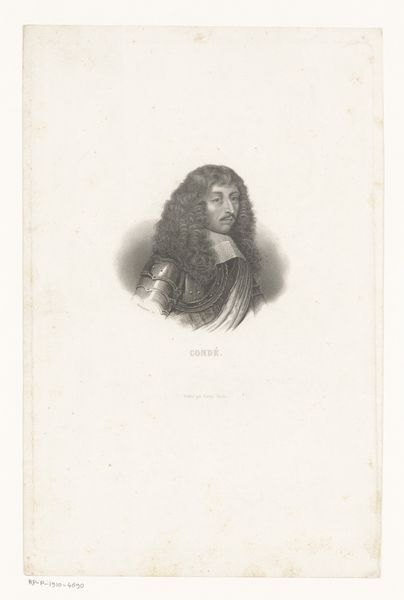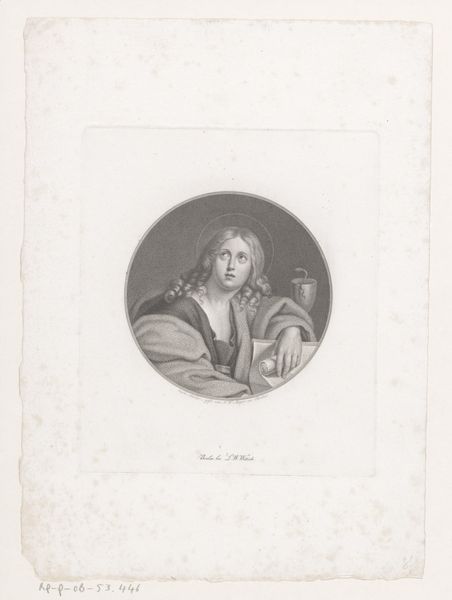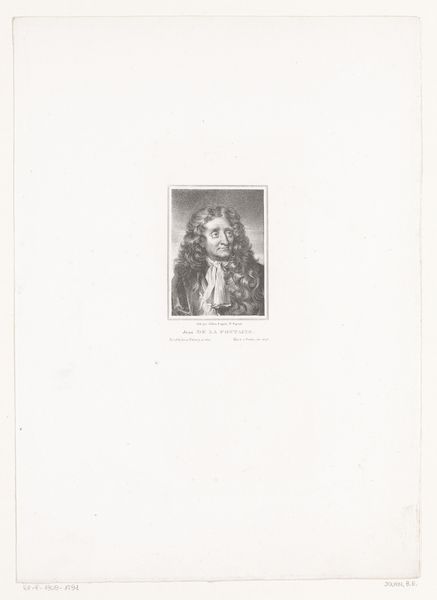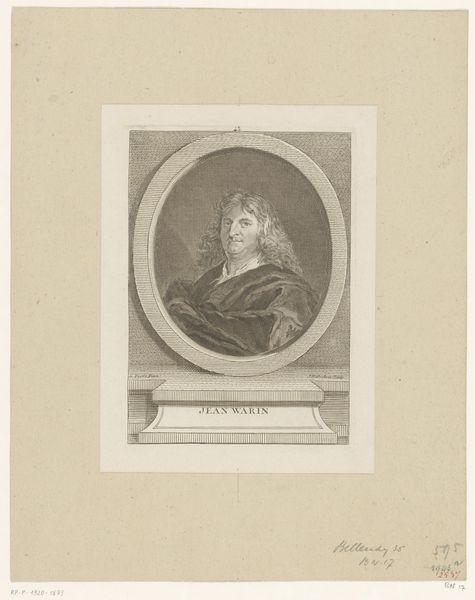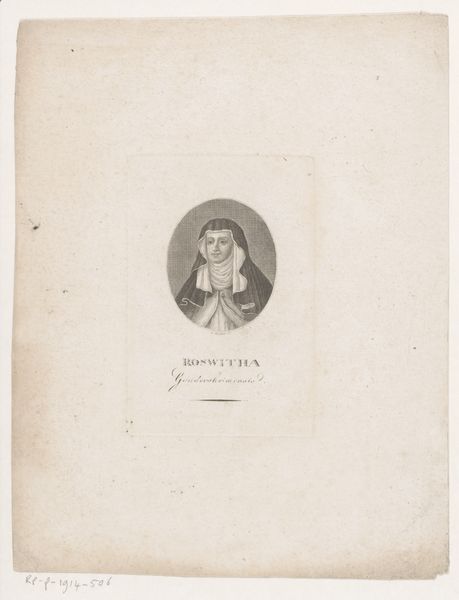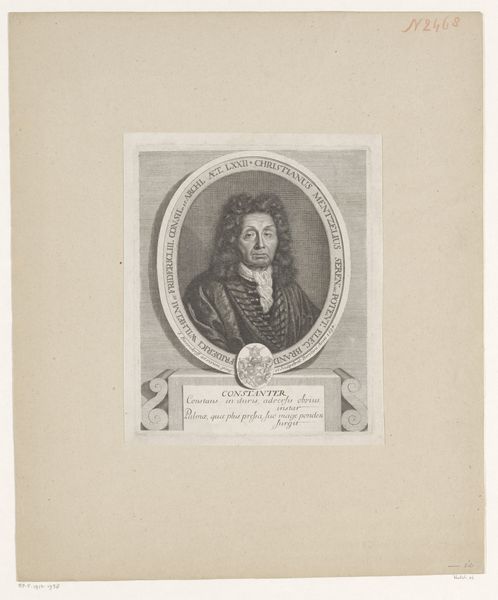
drawing, print, engraving
#
portrait
#
pencil drawn
#
drawing
# print
#
pencil sketch
#
old engraving style
#
11_renaissance
#
pencil drawing
#
pencil work
#
engraving
Dimensions: height 100 mm, width 97 mm
Copyright: Rijks Museum: Open Domain
Editor: Here we have Johann Heinrich Lips' "Portret van Joseph Werner," made sometime between 1768 and 1817. It's an engraving, quite small and delicate. I’m immediately drawn to the intricate lines that create a sense of depth, especially in the subject's wig. How do you interpret the overall composition and technique used in this portrait? Curator: Observe the precision with which the artist articulates form through line. Note how Lips uses hatching and cross-hatching to construct volume and suggest texture in the hair and the clothing. It is quite effective. The oval format further constrains our focus, compelling attention toward the sitter's face. What does that restricted format communicate to you? Editor: I guess it isolates him. Makes me really study his face, his expression. It feels formal but still intimate because of the sketch-like quality. What do you think is most significant about the visual choices Lips made here? Curator: The visual economy of the engraving strikes me as particularly compelling. Lips employs only what is necessary to render a likeness and perhaps, a sense of character. Consider, also, the deliberate contrast between the detailed facial features and the comparatively less defined background. What does this juxtaposition suggest about the artist’s intentions regarding the focal point of the composition? Editor: It highlights the subject's face, and maybe suggests the background wasn’t important? I never really thought about why an artist might include or exclude things from the background before. Curator: Exactly. By analyzing the relationship between figure and ground, or positive and negative space, we glean further insight. It refines our understanding and deepens our appreciation. Editor: This focus on lines and composition has really changed how I see the artwork. Thank you! Curator: The pleasure was all mine. It's a reminder that art analysis starts with keen observation of intrinsic qualities.
Comments
No comments
Be the first to comment and join the conversation on the ultimate creative platform.
